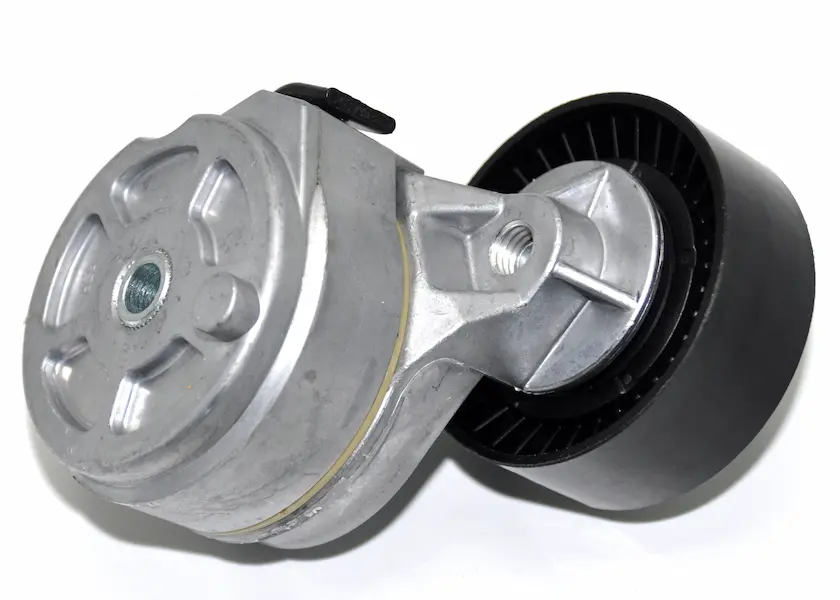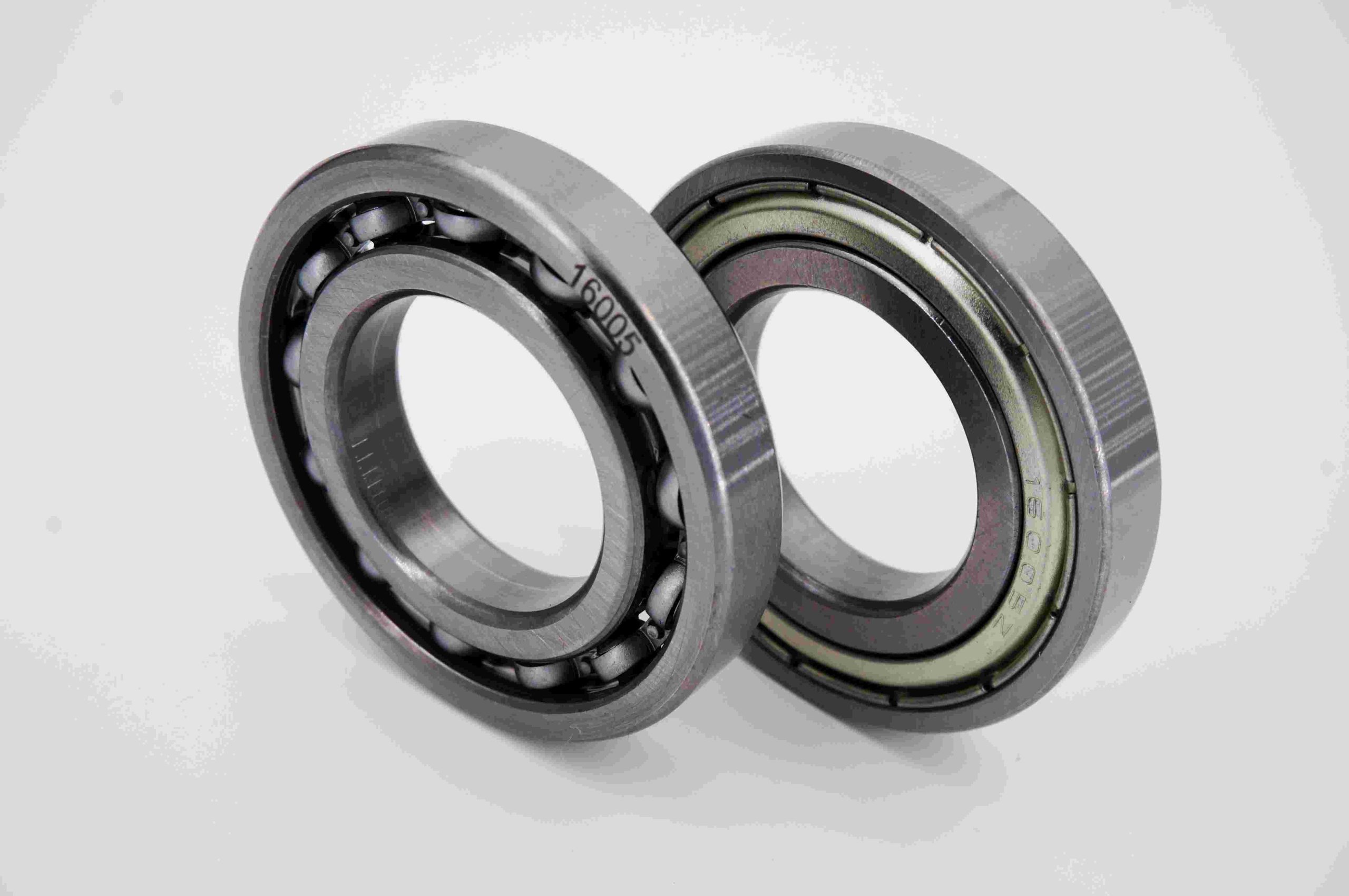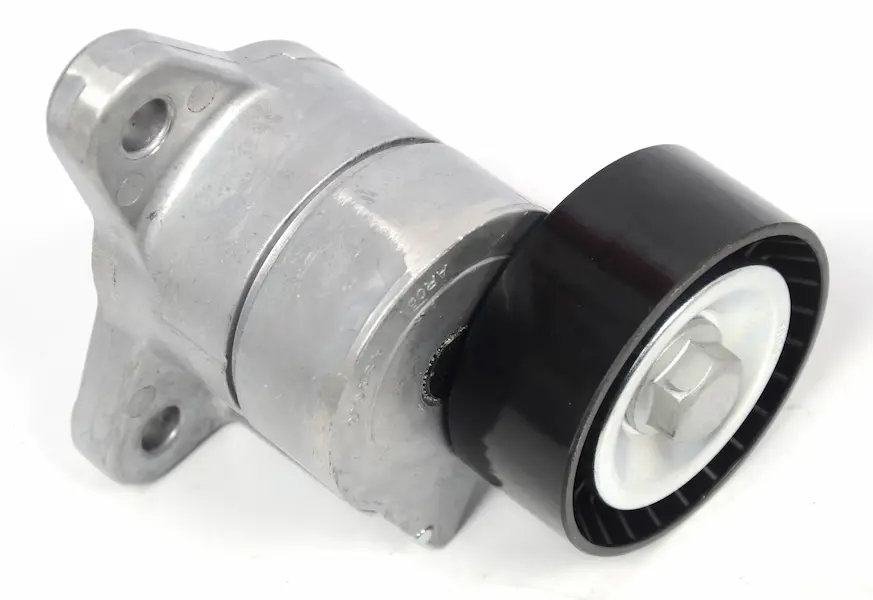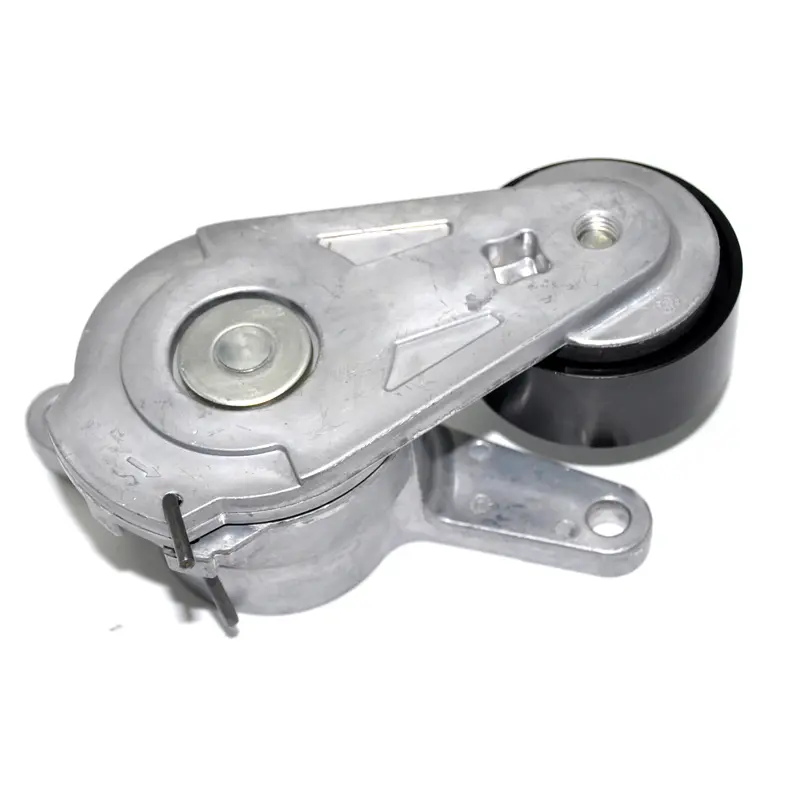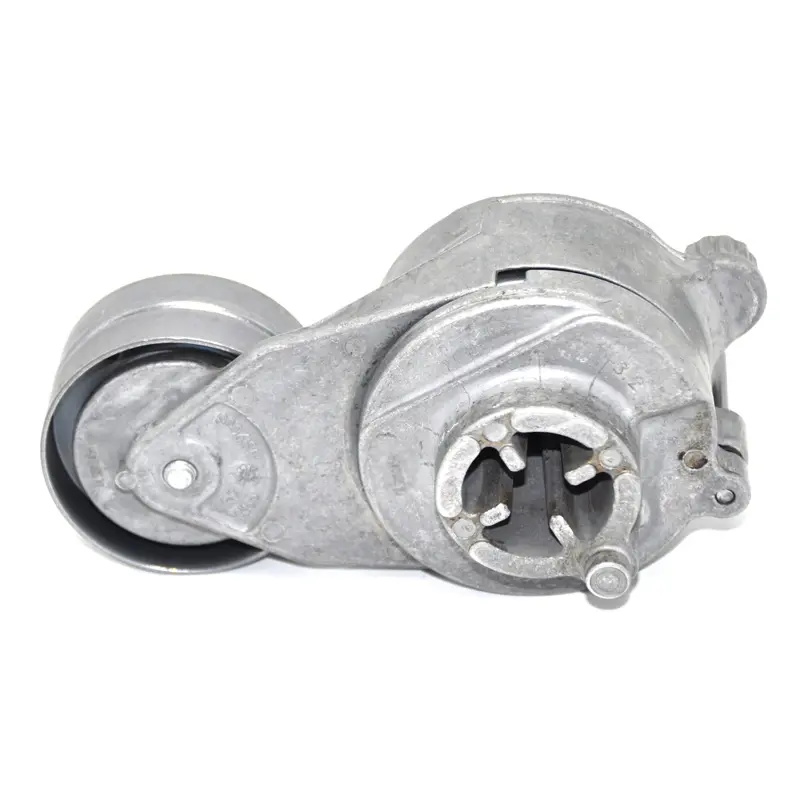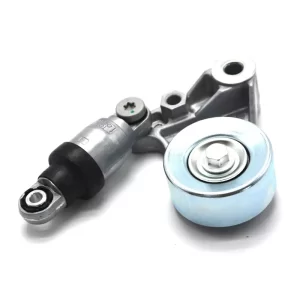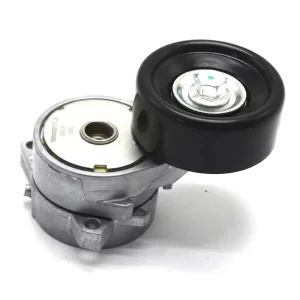자동차에서 텐셔너는 벨트, 체인 또는 이와 유사한 유연한 부품의 적절한 장력을 조절하고 유지하도록 설계된 메커니즘입니다. 텐셔너의 주요 역할은 벨트나 체인이 단단하고 올바르게 정렬된 상태를 유지하는 것이며, 이는 다양한 시스템의 효율성과 수명을 최적화하는 데 매우 중요합니다.
반대로 아이들러 풀리는 엔진의 액세서리 구동 벨트에 적절한 장력을 전달하고 유지하는 데 사용됩니다. 아이들러 풀리는 이러한 벨트를 안내하고 올바른 장력을 유지함으로써 엔진의 액세서리 구동 시스템이 원활하게 작동할 수 있도록 합니다. 이 기능은 소음과 진동을 줄여 더욱 세련된 주행 경험을 선사합니다.
프랑스 자동차 모델용 프리미엄 텐셔너 및 아이들러 풀리: 푸조, 시트로엥, 피아트
소개
차량의 벨트 구동 시스템의 성능과 내구성은 텐셔너와 아이들러 풀리의 품질에 크게 영향을 받습니다. 반크브는 푸조, 시트로엥, 피아트 등 프랑스 자동차 모델을 위해 특별히 설계된 고품질 풀리를 제공하기 위해 최선을 다하고 있습니다. 정밀도와 첨단 제조 기술에 대한 당사의 헌신은 각 풀리가 엄격한 성능 및 내구성 기준을 충족하도록 보장합니다.
텐셔너 및 아이들러 풀리 이해
텐셔너 풀리는 엔진 구동 벨트의 적절한 장력을 유지하는 데 필수적인 부품입니다. 벨트 장력의 변화에 따라 자동으로 조정되어 벨트가 팽팽하게 유지되고 올바르게 정렬되도록 합니다. 이는 교류 발전기, 워터 펌프, 파워 스티어링 펌프와 같은 엔진 액세서리의 원활한 작동을 위해 매우 중요합니다. 텐셔너 풀리는 미끄러짐을 방지하여 최적의 엔진 성능을 달성하는 데 도움을 줍니다.
반면 아이들러 풀리는 엔진 부품 주변에서 구동 벨트를 안내하는 데 중요한 역할을 합니다. 벨트가 정렬된 상태를 유지하고 올바른 장력을 유지하도록 합니다. 아이들러 풀리는 벨트를 지지하고 방향을 잡아줌으로써 마찰과 마모를 줄여 엔진 작동을 원활하게 하는 데 기여합니다. 이는 소음과 진동을 최소화할 뿐만 아니라 전반적인 주행 경험을 향상시킵니다.
전반적으로 당사의 프리미엄 텐셔너와 아이들러 풀리는 프랑스 자동차 모델의 특정 요구 사항을 충족하도록 설계되어 신뢰할 수 있는 성능과 수명을 제공합니다.
주요 구성 요소
텐셔너 풀리:
- 풀리 휠: 고강도 폴리머 또는 강화 강철로 제작된 당사의 풀리 휠은 기계적 응력을 견딜 수 있는 뛰어난 내구성과 내마모성을 제공합니다.
- 베어링: 고품질 밀폐형 볼 베어링을 사용하여 원활한 작동을 보장하고 오염 물질로부터 보호하여 오래 지속되는 성능을 유지하는 데 도움이 됩니다.
- 텐션 스프링: 이 견고한 스프링 메커니즘은 구동 벨트에 정확한 장력이 가해지도록 합니다. 벨트의 신축성 변화와 엔진 진동에 맞춰 조정되어 일관된 성능을 유지합니다.
- 마운팅 브래킷: 정밀하게 설계된 브라켓으로 쉽고 안전하게 설치할 수 있어 엔진 블록에 안정적으로 부착할 수 있습니다.
아이들러 풀리:
- 풀리 휠: 강화 강철 또는 고강도 폴리머와 같은 내구성 있는 소재로 제작된 아이들러 풀리는 일상적인 주행 스트레스를 견딜 수 있도록 제작되었습니다.
- 베어링: 밀폐형 볼 베어링이 장착된 이 풀리는 부드러운 작동과 장기적인 안정성을 제공합니다.
- 스페이서/워셔: 이렇게 하면 마운팅 브래킷에서 풀리의 적절한 정렬과 간격이 보장되며, 이는 기능에 필수적입니다.
- 마운팅 브래킷: 이 브래킷은 아이들러 풀리를 안정적이고 안전하게 장착할 수 있는 지점을 제공하여 올바른 위치를 보장합니다.
텐셔너 및 아이들러 풀리의 작동 원리를 이해하는 것은 차량의 구동 벨트 시스템을 효과적으로 유지 관리하기 위해 필수적입니다. 텐셔너 풀리는 필요한 벨트 장력을 유지하기 위해 제어된 힘을 가하는 중요한 역할을 합니다. 이 부품에는 벨트의 늘어남과 엔진 진동에 적응하는 텐션 스프링이 있어 벨트가 적절한 장력을 유지하고 미끄러짐을 방지합니다. 적절한 장력은 엔진 내 동력을 효과적으로 전달하여 모든 엔진 구성 요소가 최적으로 작동할 수 있도록 하는 데 매우 중요합니다.
반면 아이들러 풀리는 구동 벨트를 지지하고 방향을 지정하여 엔진 부품 위로 원활하게 이동하도록 안내합니다. 아이들러 풀리는 올바른 경로와 정렬을 유지함으로써 벨트의 마찰과 마모를 줄여 구동 벨트 시스템의 효율성과 수명을 향상시킵니다. 이 기능은 벨트가 원활하게 작동하도록 하여 전반적인 엔진 성능에 기여하고 조기 마모의 위험을 줄여줍니다.
이러한 부품을 설치할 때는 준비가 중요합니다. 먼저 필요한 모든 도구를 준비하고 차량에 맞는 풀리 모델이 있는지 확인하여 호환성을 확보하세요. 안전이 가장 중요하므로 작업을 시작하기 전에 항상 배터리를 분리하고 엔진이 식을 때까지 기다리세요. 이러한 예방 조치는 우발적인 부상과 손상을 방지하는 데 도움이 됩니다.
기존 풀리를 제거하려면 장착 볼트를 조심스럽게 풀어야 합니다. 새 풀리가 올바르게 설치되었는지 확인하기 위해 제거하는 동안 벨트의 경로와 위치를 추적하는 것이 중요합니다. 이 과정에서 구동 벨트에 마모나 손상 징후가 있는지 검사하세요. 벨트에 열화 징후가 보이면 향후 발생할 수 있는 문제를 방지하기 위해 벨트를 교체해야 합니다.
새 풀리를 설치할 때는 제공된 하드웨어를 사용하여 조심스럽게 배치하고 고정합니다. 최적의 성능을 보장하기 위해 풀리가 제조업체의 사양에 맞게 올바르게 정렬되고 조여졌는지 확인하세요. 텐셔너 풀리의 경우 벨트 장력이 적절하게 유지되도록 텐션 스프링이 올바르게 결합되었는지 확인합니다. 아이들러 풀리의 경우 벨트가 올바르게 배치되어 있고 장력이 적절한지 확인합니다.
마지막으로 재설치 후 배터리를 다시 연결하고 엔진을 시동합니다. 새 풀리가 작동하는지 관찰하고, 이상한 소음이 들리지 않는지, 벨트가 제대로 정렬되었는지 확인합니다. 이 마지막 단계는 모든 것이 올바르게 작동하고 구동 벨트 시스템이 원활하게 작동하여 차량 엔진의 전반적인 상태와 효율성에 기여하는지 확인합니다.

